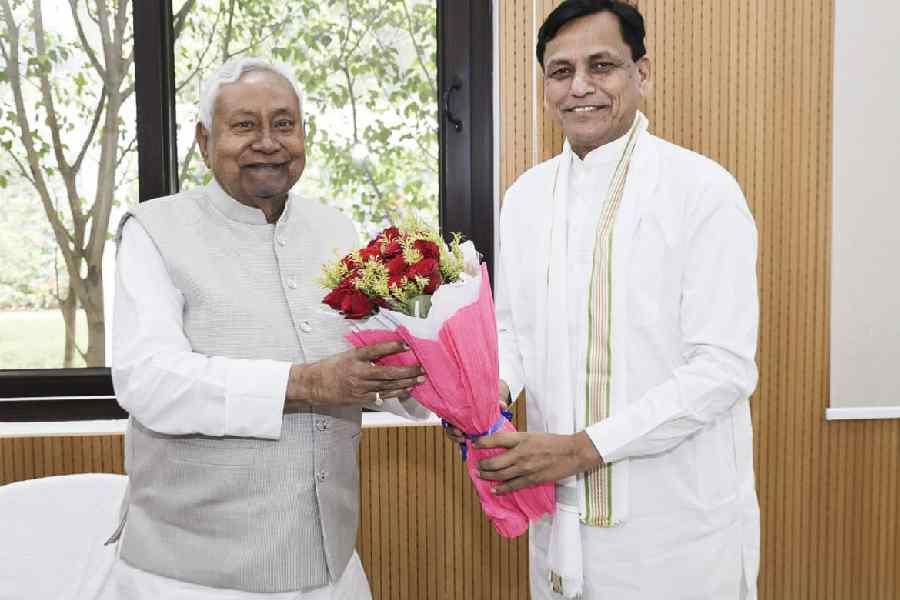India has announced its intention to launch a multi-year, multi-phase research effort to explore technologies for weather modification seeking to mitigate the impacts of extreme weather events such as cloudbursts, droughts, fog, or hailstorms.
The research initiative on weather modification will be part of a new scientific mission that will also seek to bolster weather surveillance infrastructure and enhance the reliability of forecasts, Union earth science ministry officials and scientists have said.
The broad-based Mission Mausam approved by the Union cabinet on Wednesday will add, among myriad instrumentation, 50 doppler weather radars (DWRs) to India’s existing network of 39 DWRs and establish the country’s first cloud simulator for cloud physics. A DWR helps scientists track and forecast extreme weather events.
“Weather modification is the long-term goal,” M. Ravichandran, secretary in the Union earth science ministry told The Telegraph on Friday. "Scientists will first need to understand the microphysical processes underlying clouds better and determine the feasibility of manipulating or intervening with different weather events,” he said.
In the first phase over the next 18 months, the ministry will establish a cloud simulator at the Indian Institute of Tropical Meteorology, Pune, Ravichandran said. The next phase, which could last over the next five years, will involve field tests of some of the weather modification concepts.
“We’d like to have some weather management technologies in place by 2047,” Ravichandran said.
Atmospheric scientists say the planned research on weather modification technologies will seek to determine whether there are economical and practical methods to enhance rainfall, suppress rainfall, disperse fog, and weaken looming hailstorms.
“The intention is good, but this is going to be a big challenge,” cautioned Madhavan Rajeevan, a top atmospheric physicist and a former earth sciences secretary. “India has so far engaged only in cloud seeding efforts at rain enhancement with mixed results — we have no experience in the other ideas such as rain suppression, fog dispersal, or hailstorm manipulation,” Rajeevan told this newspaper.










